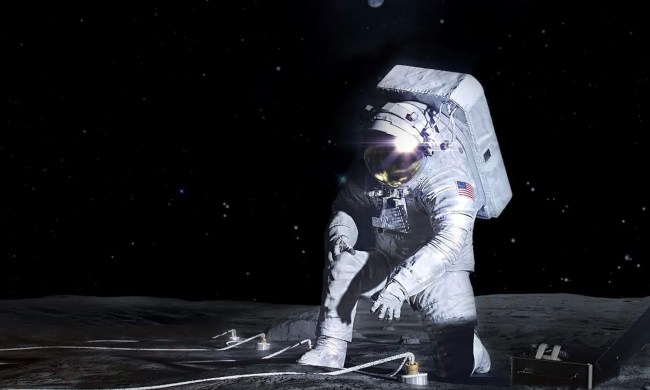NASA has confirmed that it will be heading back to the moon early next year, announcing that the uncrewed Artemis I mission will launch in February 2022.
This week, the agency completed the stacking of its Orion spacecraft on the Space Launch System, the world’s most powerful rocket. The Orion craft was lifted onto the rocket and secured in place, and now testing can begin ahead of the launch next year.

“It’s hard to put into words what this milestone means, not only to us here at Exploration Ground Systems, but to all the incredibly talented people who have worked so hard to help us get to this point,” said Mike Bolger, Exploration Ground Systems program manager, in a statement. “Our team has demonstrated tremendous dedication preparing for the launch of Artemis I. While there is still work to be done to get to launch, with continued integrated tests and Wet Dress Rehearsal, seeing the fully stacked SLS is certainly a reward for all of us.”
The testing consists of five separate test campaigns, covering the interfaces between different spacecraft systems, checking specific systems like the booster thrust control, testing communications between the spacecraft and the ground, testing the countdown to launch system, and finally a “wet dress rehearsal.” At the wet dress rehearsal, fuel is loaded into the rocket as it would be for the real launch and the rocket is rolled out to the launch pad to practice the launch countdown. When the countdown is completed, the fuel is removed as practice in the event the launch is scrubbed at the last minute.
The Artemis 1 mission will see Orion launched from Earth on a path toward the moon, traveling for several days during which time engineers on the ground can check systems like navigation and communication. It will fly 62 miles above the surface of the moon, then use the moon’s gravity to move into orbit for six days, collecting data before returning to Earth.
The idea is to test out rockets and systems ahead of a crewed mission to orbit the moon, known as Artemis II, followed by a crewed landing on the moon, known as Artemis III.



